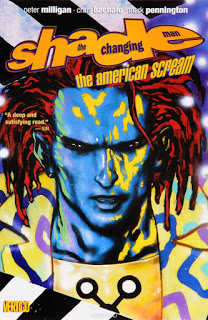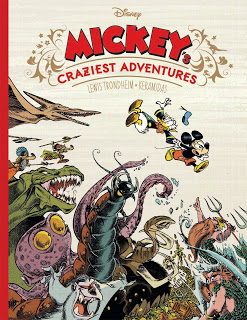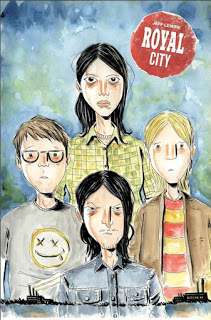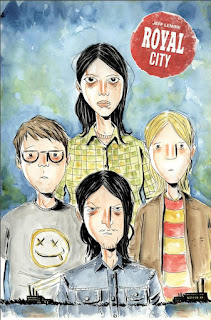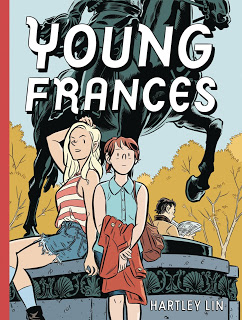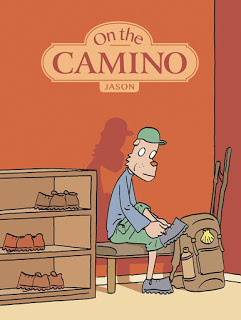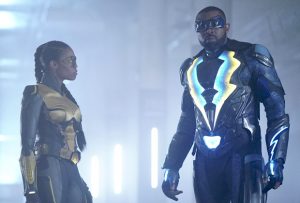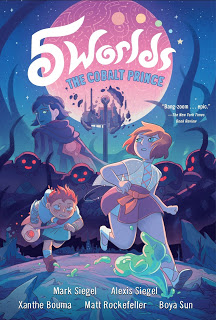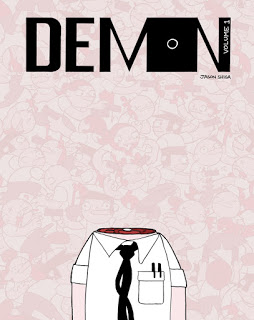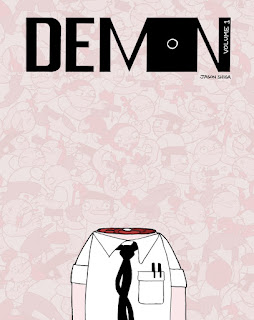REVIEW: Rampage
 I had no idea that Rampage was based on a 1986 video game, I just knew it was a variation on the Dwayne Johnson and/or monster film to fill a spring slot (see Godzilla, Kong: Skull Island) until the good movies arrived. That it starred the always-appealing Johnson along with Naomie Harris, Malin Åkerman, Jake Lacy, Joe Manganiello, and Jeffrey Dean Morgan made it a cut above somewhat interesting. Still, I passed on it at the theater once the reviews talked about it being predictable and average at best.
I had no idea that Rampage was based on a 1986 video game, I just knew it was a variation on the Dwayne Johnson and/or monster film to fill a spring slot (see Godzilla, Kong: Skull Island) until the good movies arrived. That it starred the always-appealing Johnson along with Naomie Harris, Malin Åkerman, Jake Lacy, Joe Manganiello, and Jeffrey Dean Morgan made it a cut above somewhat interesting. Still, I passed on it at the theater once the reviews talked about it being predictable and average at best.
With the film on disc this week from Warner Home Entertainment, in the wake of Johnson’s Skyscraper hitting theaters, it’s a good time to finally give it a whirl.
Produced and directed by Brad Peyton, it reteams him with co-screenwriter Carlton Cuse and Johnson, the three previously having worked on the more-of-the-same Journey 2: The Mysterious Island and San Andreas. The question is: do we really want to see more cities mindlessly destroy, collateral destruction of science gone awry? There’s a certain ho-hum factor built in these days and Peyton does little to try and rise above the dilemma. He’s content to just let things blow up, crumble, and go splat.
There’s a plot, derived from the eponymous game: a pathogen has come crashing to Earth, turning normal animals into lumbering, ferocious monsters in need of destroying. Among these poor victims is George, a rare albino silverback gorilla who has befriended primatologist Davis Okoye (Johnson), who just happens to be a former US Army Special Forces soldier and still rather buff. The connection between man and gorilla forms the emotional core of the film and is even more poignant in the wake of the recent passing of the real life Koko.
When George is exposed to the pathogen, he gets big and frightening and is, of course, captured by the government. A she learns from Dr. Kate Caldwell (Harris), the evil Energyne, run by CEO Claire Wyden (Åkerman), used her research to turn the pathogen into a biological weapon and the government wants it for their own uses, pitting Okoye against monstrous animals but also Agent Harvey Russell (Morgan).
All three animals are lured to Chicago, because it’s always a good idea to bring monsters to a major metropolitan area (as opposed to the Dakota badlands, for example) and things go haywire.
That’s pretty much all you need to know.
The film has been deemed to have broken even thanks to a worldwide gross of $24 million and much is being made of it being one of the more successful video game adaptations to the screen, but really, it’s all faint praise for a by-the-numbers production that should have had a lot more wow built in.
The film itself was shot digitally in 4K and the 2K High Definition transfer is quite good although the Dolby Atmos soundtrack is a trifle overpowering.
For a lackluster film, it has superior special features worth a look. We begin with Not A Game Anymore (6:15), tracing the game to film with Johnson trying to convince you this was the greatest gamer he ever played; Gag Reel (2:43); Deleted Scenes, seven in total; Rampage: Actors in Action (10:45), actors discuss their physical preparation for all the action and SFX sequences; Trio of Destruction (10:08), spotlighting Weta Digital’s fine contributions; Attack on Chicago (10:23), Peyton details how he destroyed the city; and the best of the lot, Bringing George to Life (11:53) as movement coordinator Terry Notary and motion capture actor Jason Liles collaborate to make George the most sympathetic character in the film.


